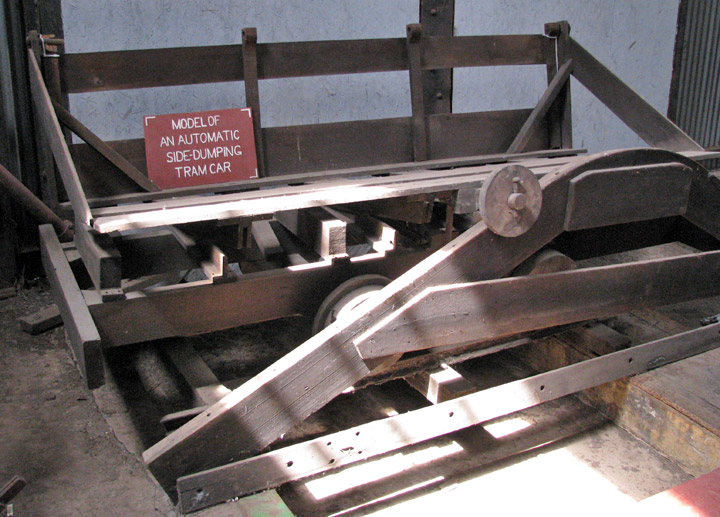

Quincy Mine
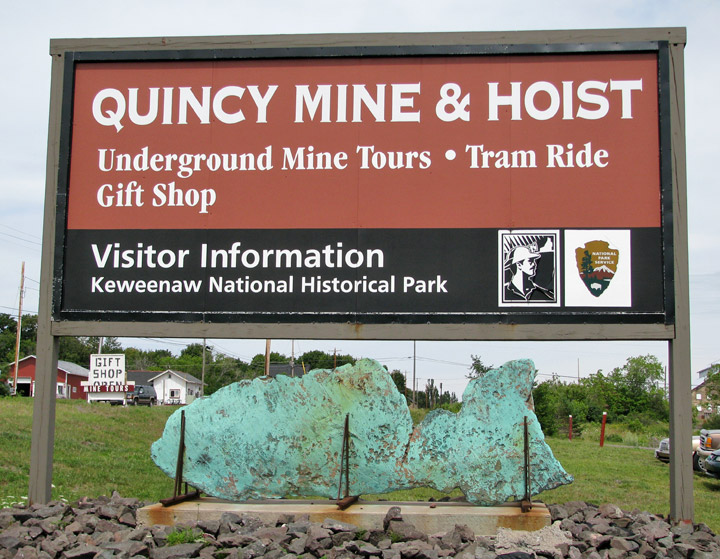
Quincy Mining Company
The Quincy Mine is an extensive set of copper mines located near Hancock, Michigan. The mine was owned by the Quincy Mining Company and operated between 1846 and 1945, although some activities continued through the 1970s. The Quincy Mine was known as "Old Reliable," as the Quincy Mine Company paid a dividend to investors every year from 1868 through 1920.
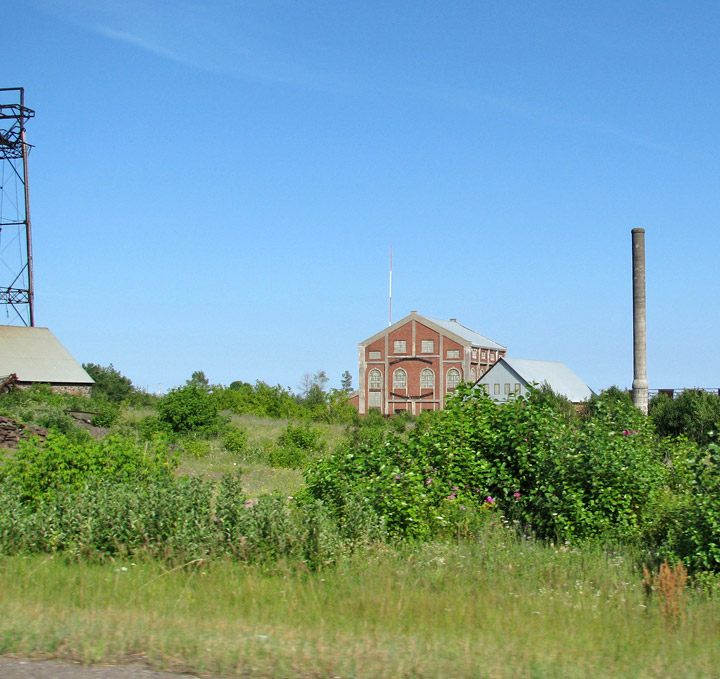
hoist house
The Quincy Mine was founded in 1846 with significant investment from Massachusetts (the town of Quincy, Massachusetts lent the mine its name). While many other copper mines were founded at the same time, the Quincy Mine became the most successful of the 1840s-era mines, and was the country's leading copper producing mine from 1863-1867. The mine was the first Michigan copper mine to switch from fissure mining to amygdaloid mining, when the recently discovered Pewabic amygdaloid lode was found to cross Quincy property. High-grade fissure veins contained large, pure masses of copper, but the masses could take days or even months to extract, at high cost. Amygdaloid mining consisted of extracting lower-grade strataform orebodies in the "amygdaloid zones," the upper portions of basalt lava flows. Rock bearing small pockets of copper could be blasted out immediately and processed elsewhere at much lower cost. Amygdaloid mining proved much more productive than fissure mining, and the size and richness of the Pewabic lode in particular allowed the Quincy to produce profits for 53 consecutive years. The Quincy company expanded laterally along the lode by buying out adjacent properties. The company bought the Pewabic mine in 1891, the Mesnard and the Pontiac in 1897, and the Franklin mine in 1908. This helped the mine survive longer than almost all other Keweenaw copper mining companies, except the Calumet and Hecla Mining Company and the Copper Range Company.
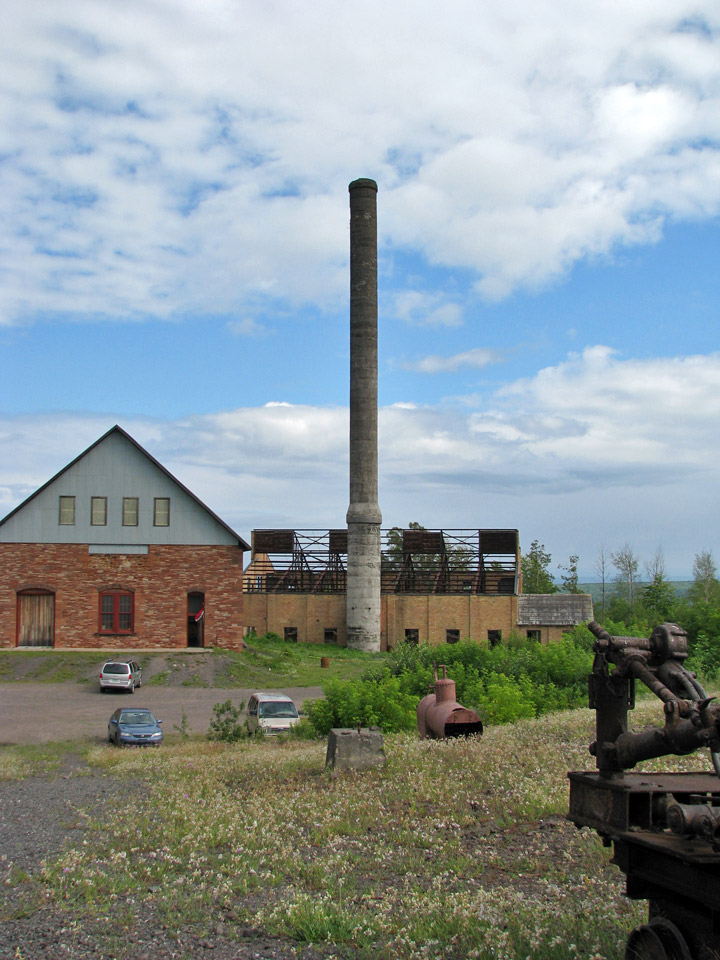
To attract a better class of worker, the Quincy Mining Company built and
maintained housing for the workers. Over the course of operations, the types of
housing ranged from simple tents in the early days, to complete three story
houses shortly before the mine's shutdown. The executives on the east coast
wanted to build more elaborate and fancy homes with amenities such as
electricity and running water. However, the on-site managers didn't think it was
necessary for the miners to have such high-class dwellings. But the east coast
executives realized that if they offered nicer homes to the workers, the miners
were more likely to stay, raise families, and be less likely to leave the area
or transfer to another mining company. This strategy proved effective and helped
the Quincy Mining Company retain its status as one of the premier mining
companies in the region.
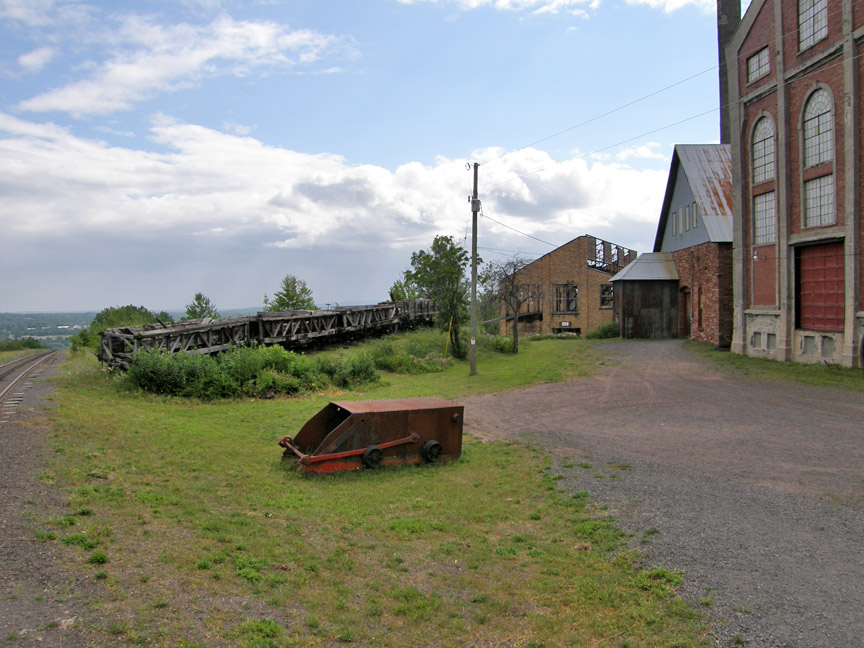
as it looks today

model of former operations
The Quincy Mining Company closed operations (but did not dissolve) in 1931 due
to low copper prices. During World War II, the mines re-opened due to increased
copper demand. When the government stopped supporting copper prices after the
war, the mines quickly closed for good.
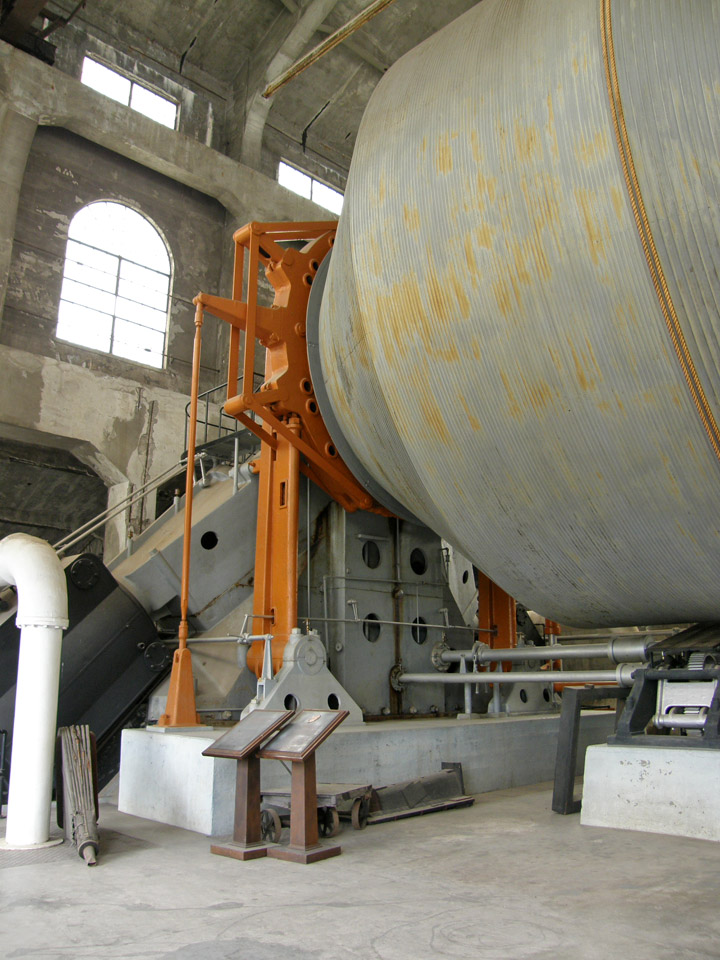
Nordberg Steam Hoist
When the mine ceased production in 1945, the Quincy Number 2 shaft was the world's deepest shaft, at 9,260 feet (2.82 km or 1.75 miles) along the dip of the deposit. To raise and lower ore and workers into this shaft, the world's largest steam-driven mine hoist was built in 1918 and housed in the Quincy Number 2 Hoist House. The Nordberg Steam Hoist and its reinforced concrete building, built in the Georgian architectural style with brick veneer and Italian-tiled walls, cost over $370,000 in 1918 but was used for only eleven years until it ceased usage in 1929. Weighing more than 880 tons, it lifted 10 tons of ore at 36.4 miles per hour, thus saving $16,080 in fuel bills in its first year of operation. The hoist sat on the largest concrete slab ever poured, containing 3200 cu. yards of cement and over 8 tons of reinforcement material. The Number 2 Hoist House was built as a reinforced concrete structure on a scale rare for 1918, making it one of the first of its kind The very decorative Hoist House was used as a showpiece for visiting investors.
More Photos of the Nordberg Steam Hoist
The Quincy Mine is now a popular Keweenaw tourist attraction. The Quincy Mine Hoist Association maintains the buildings and grounds, and provides guided tours of the Number 2 Shaft House and several of the mine tunnels during the summer. There are museum-style exhibits within many buildings. The mine and surrounding areas are part of the Keweenaw National Historical Park.
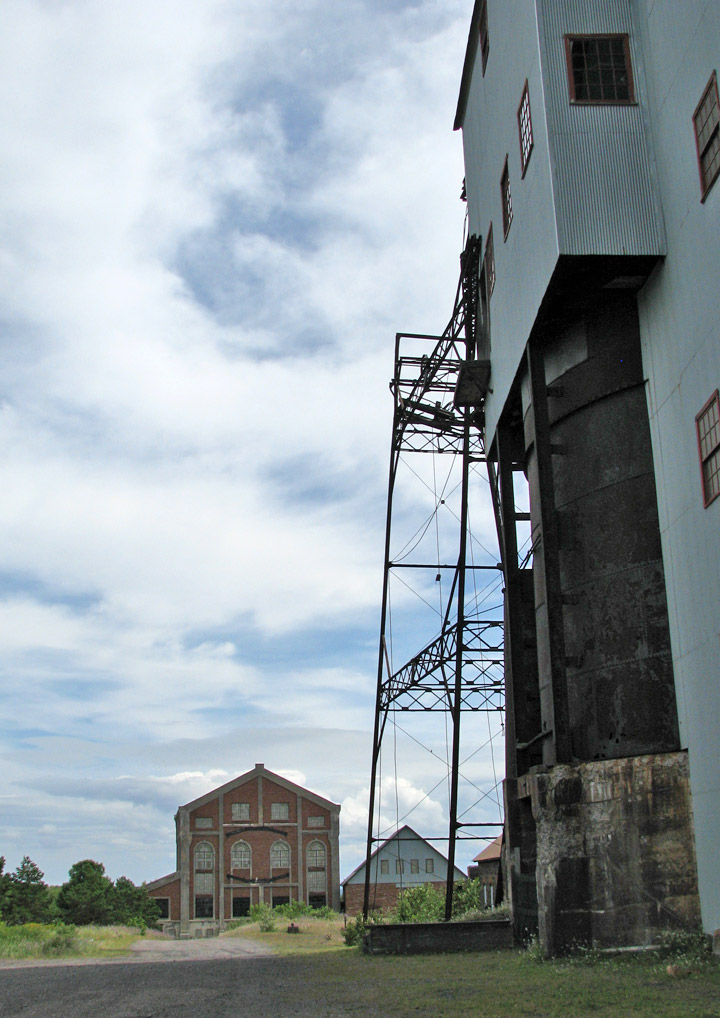
looking from the shaft house to the
steam hoist
along this distance the hoist cables ran
The Number 6 Shaft House (no longer standing) is often pictured in photographs as a picturesque example of shaft house architecture.
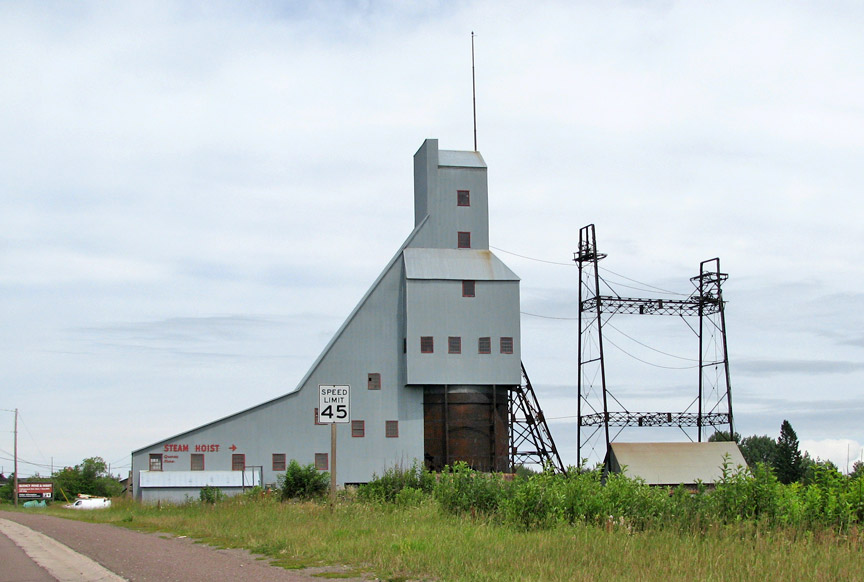
shaft house

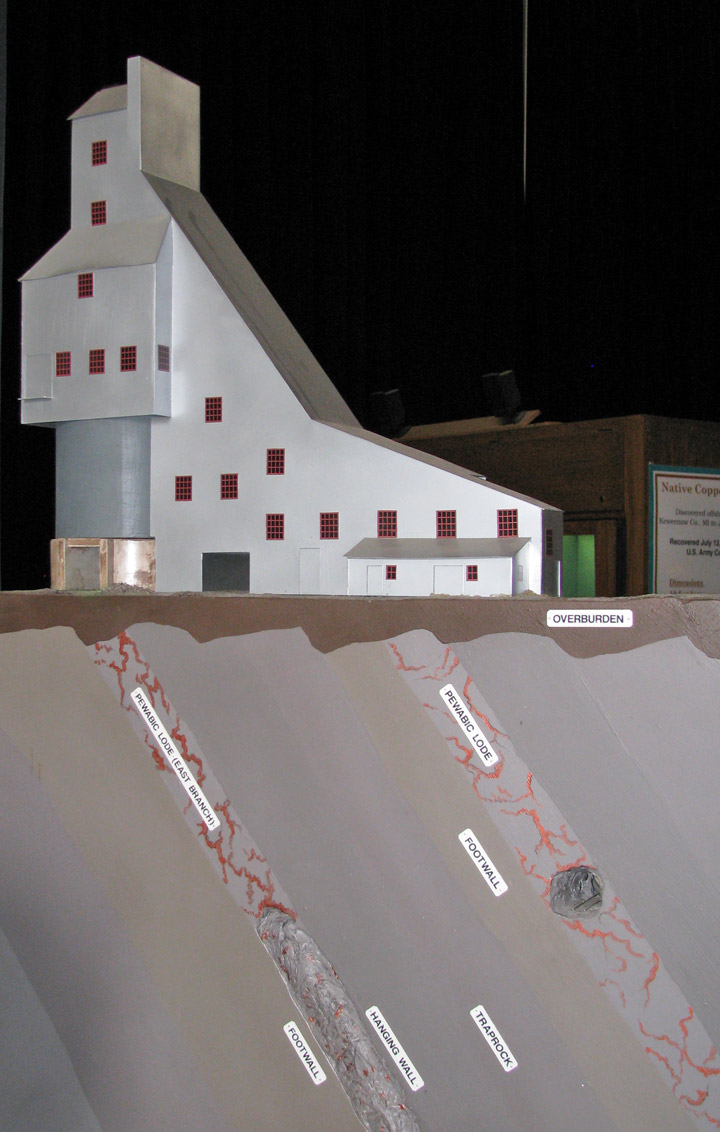
shaft house over the stopes
The shafts and stopes of the Quincy Mine have slowly filled with groundwater since the closing of the mine. The water has currently filled the mine up to the seventh level, making all lower levels inaccessible. The seventh level is drained by a large adit, which is also used for mine tours.
Text from Wikipedia
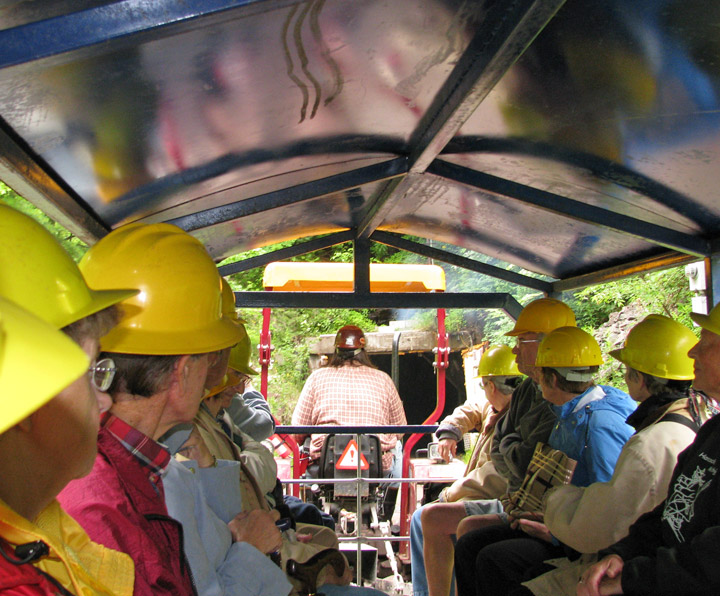
going into the seventh level
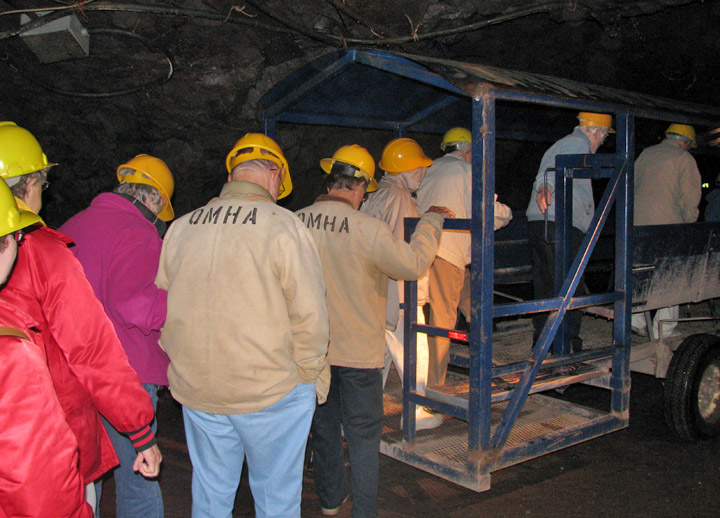
the mine tour
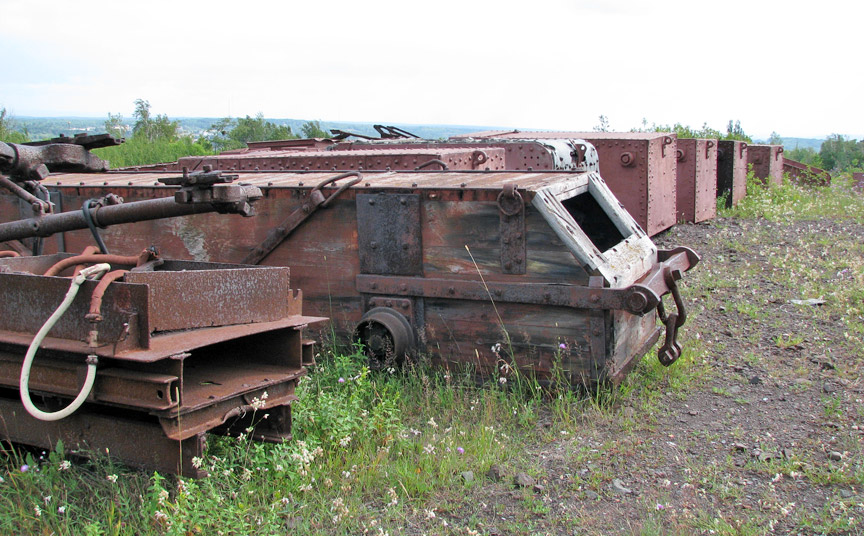
abandoned ore buckets

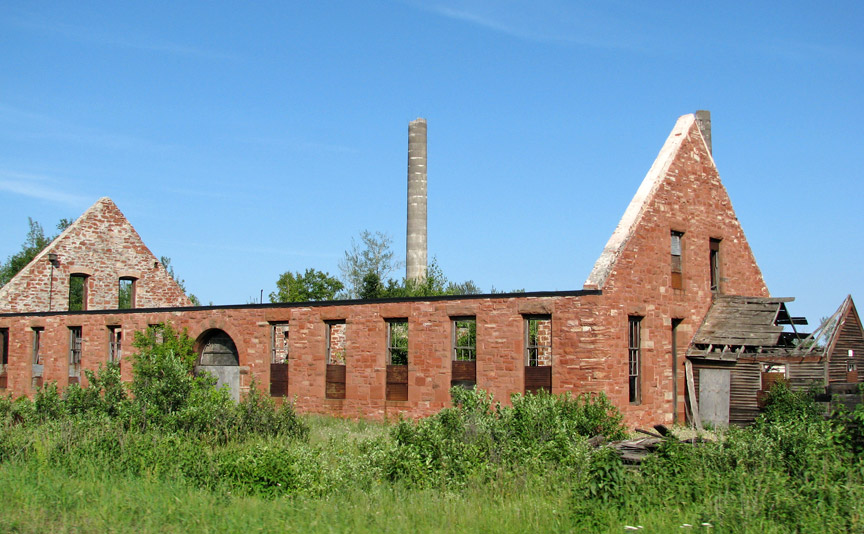
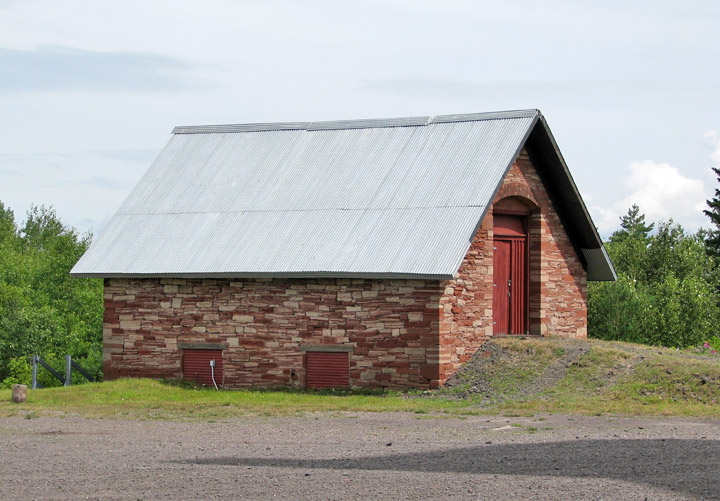
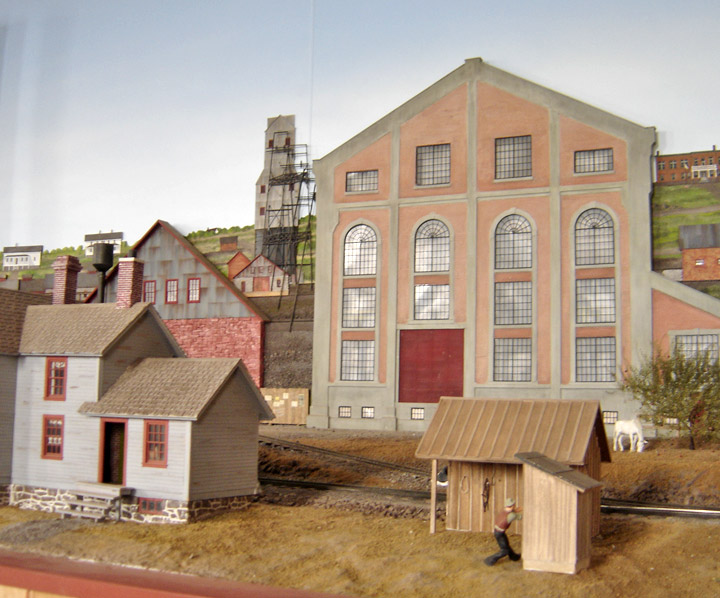
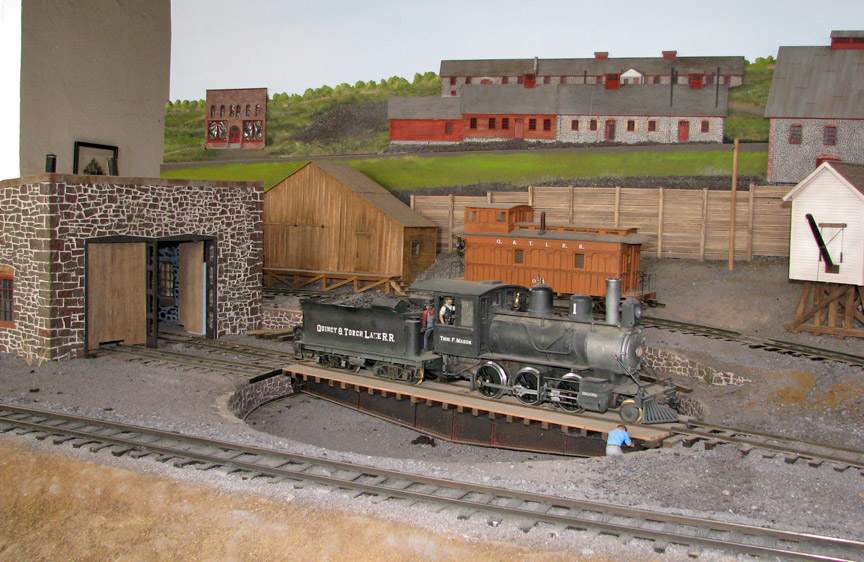
models of the former operations
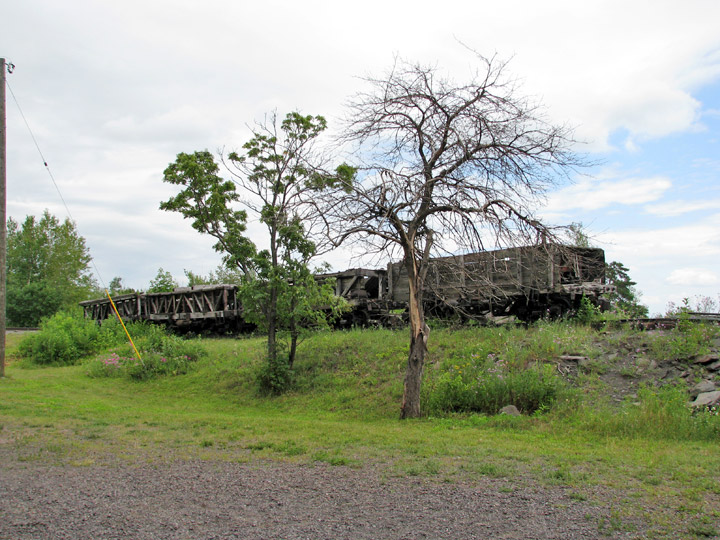
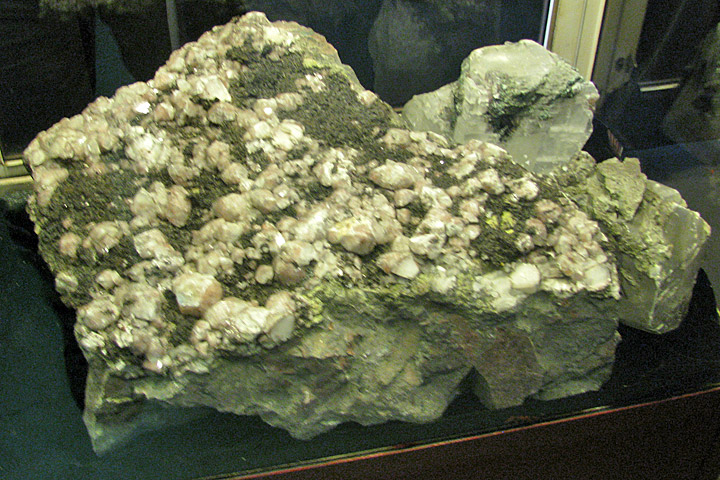
ore samples
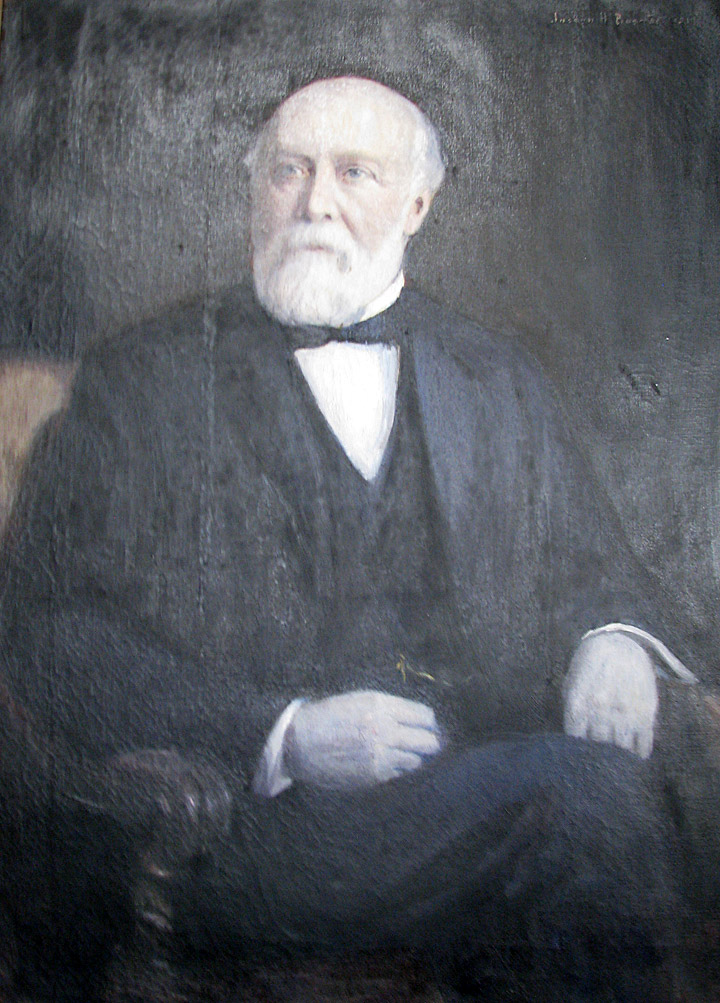
copper baron
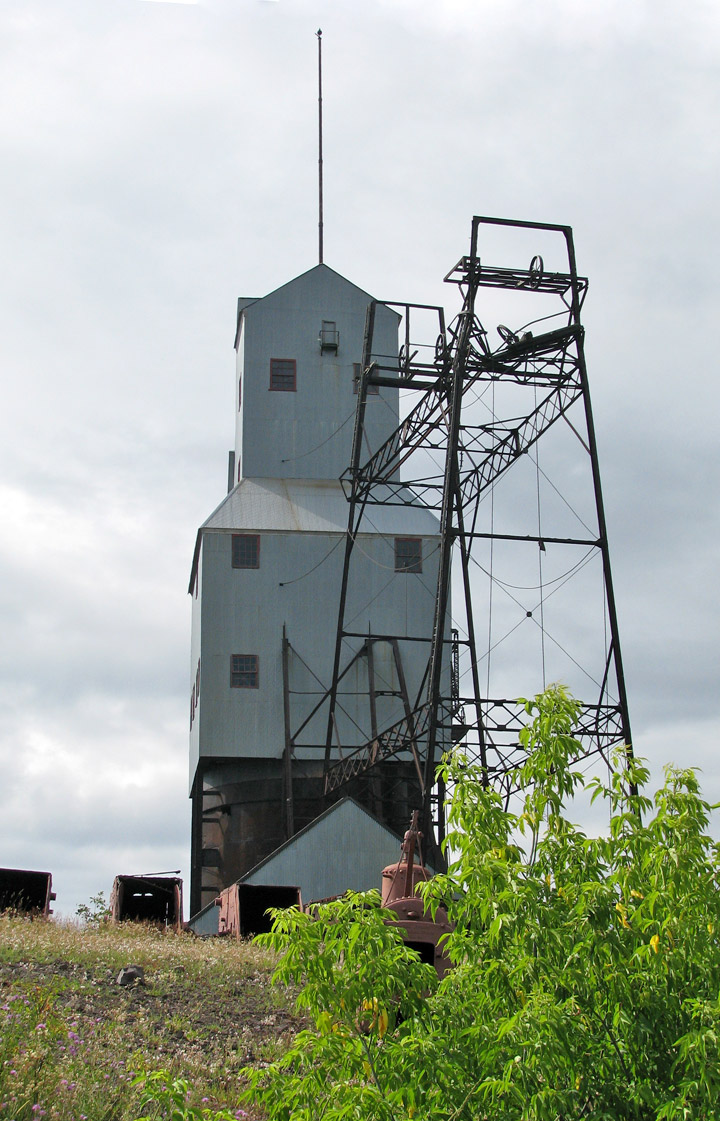
rockhouse
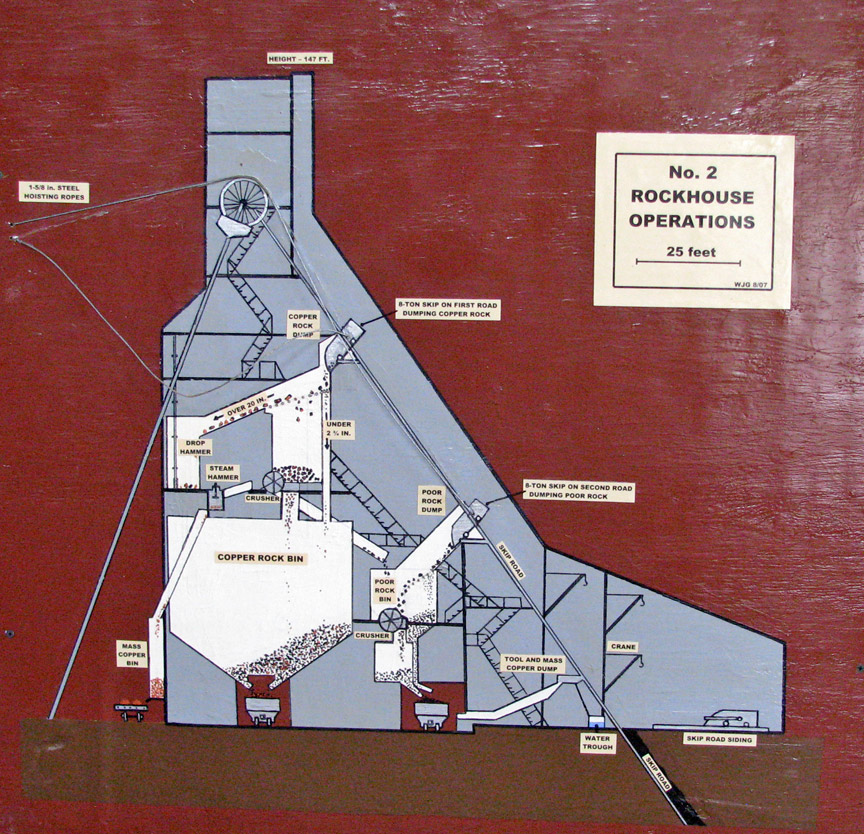

ore car
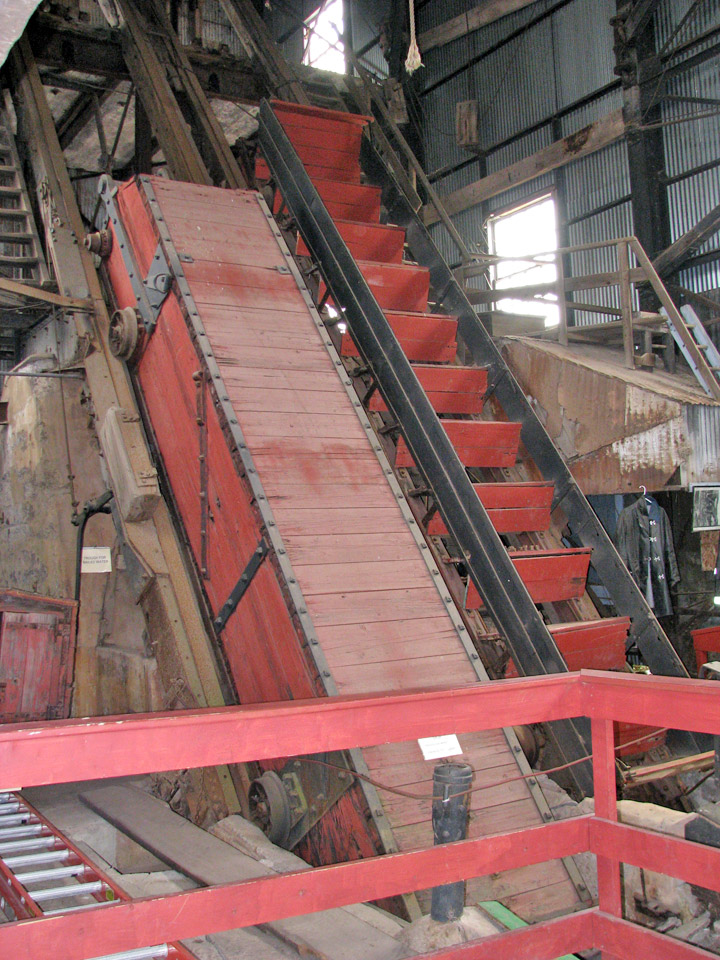
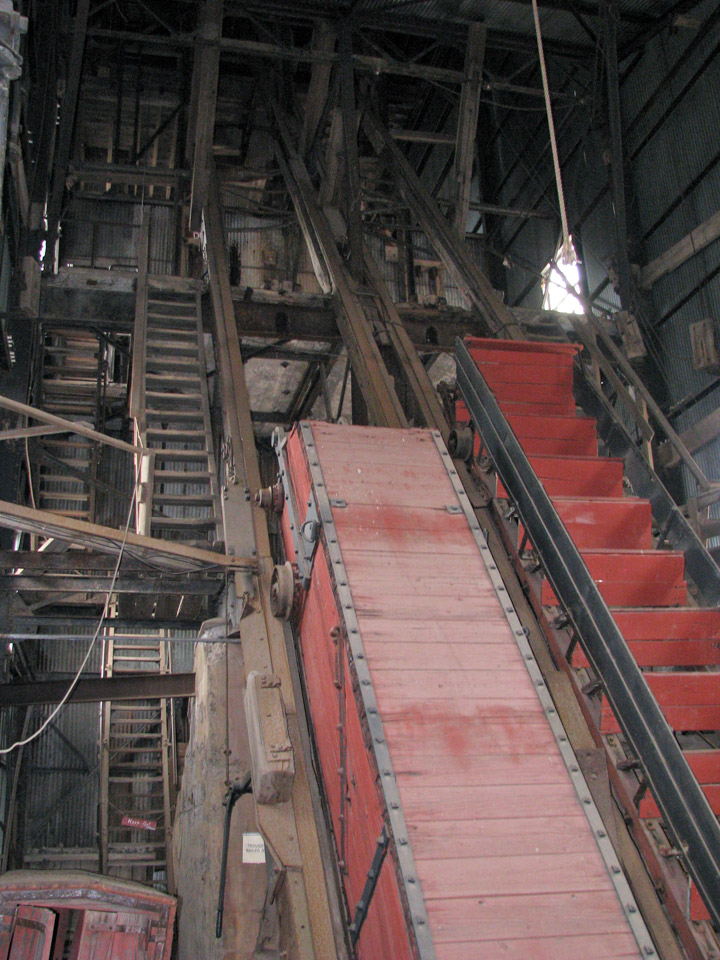
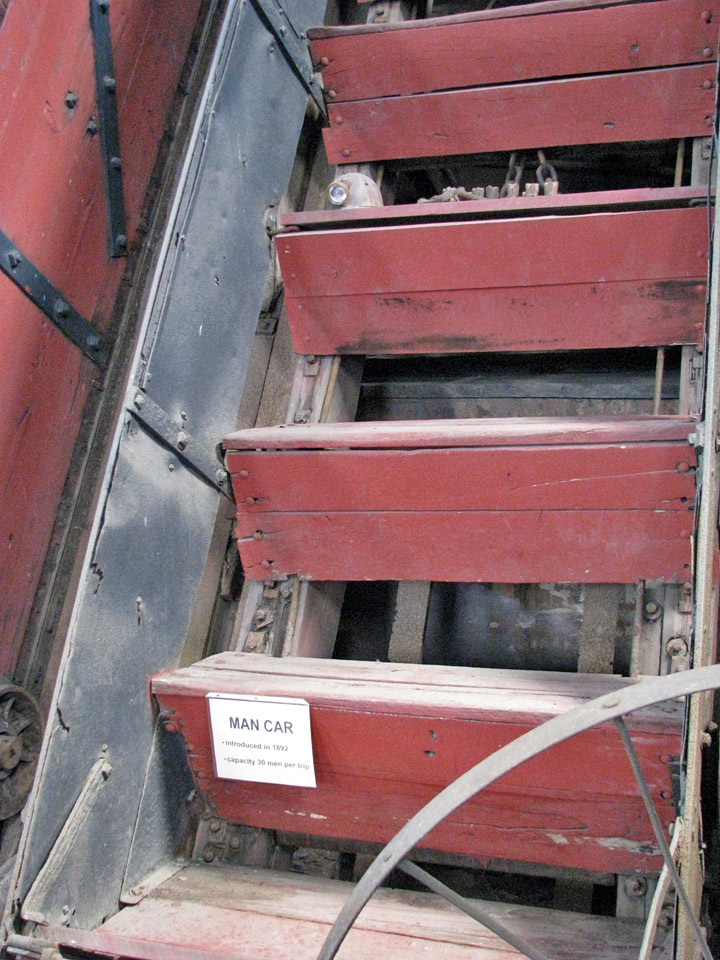
man car carrying workers into the mine
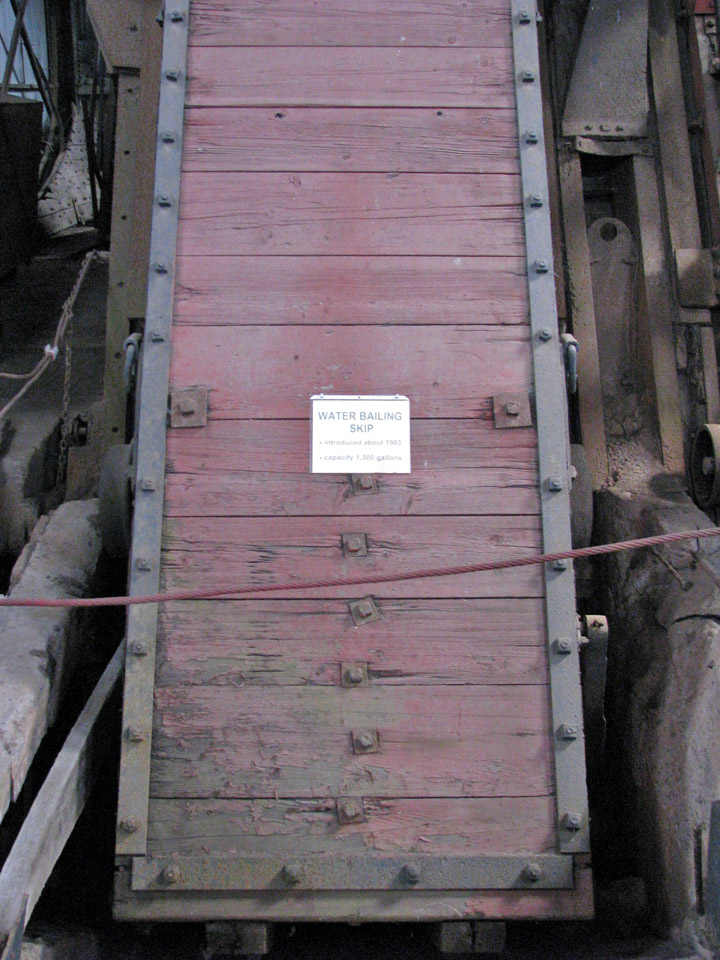
water bailing skip
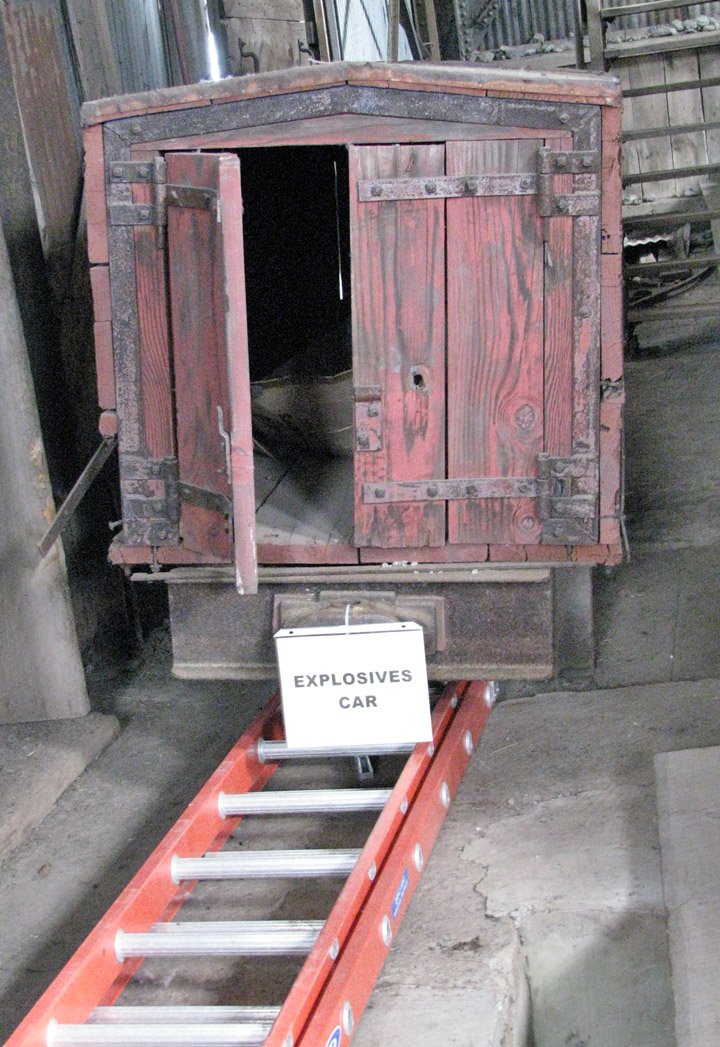
explosives car
